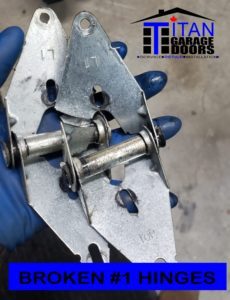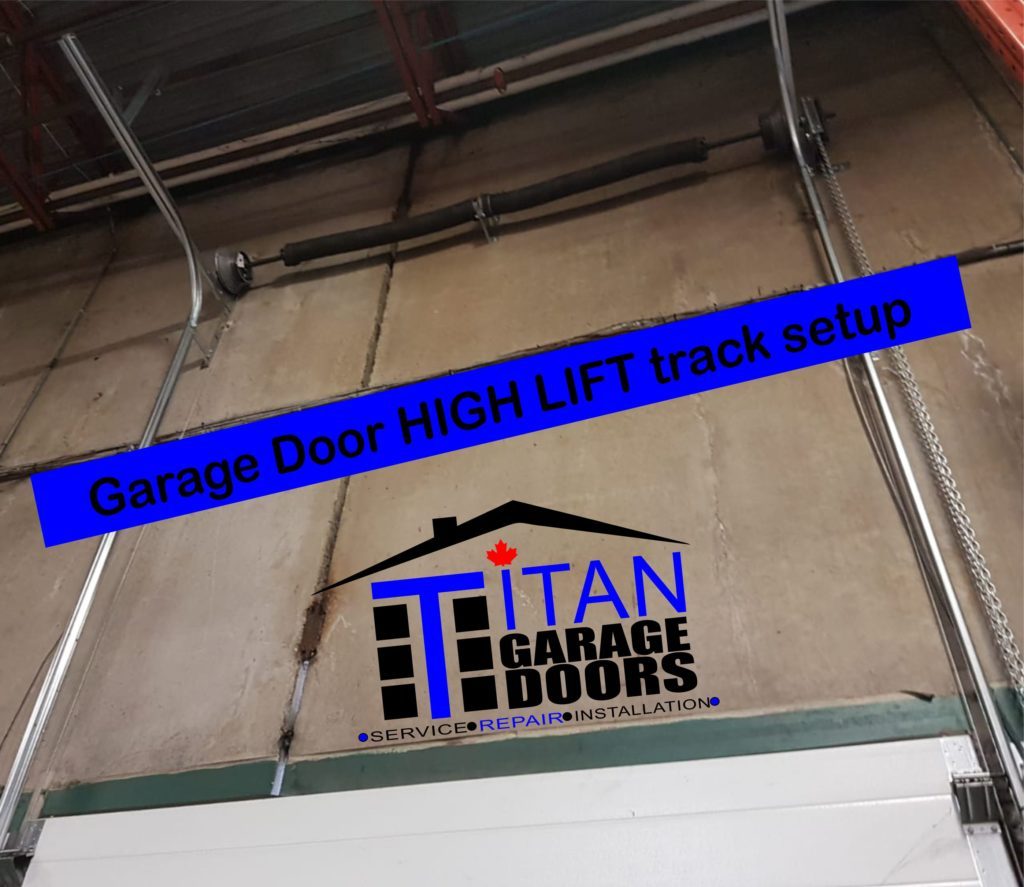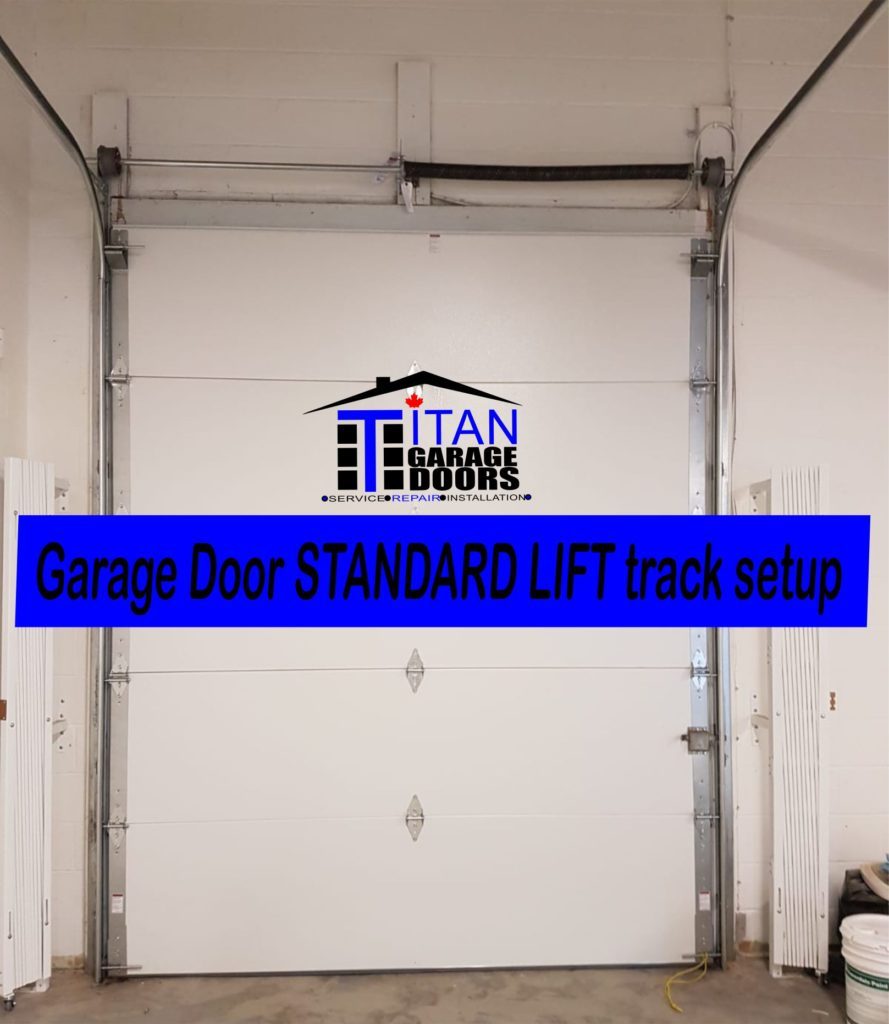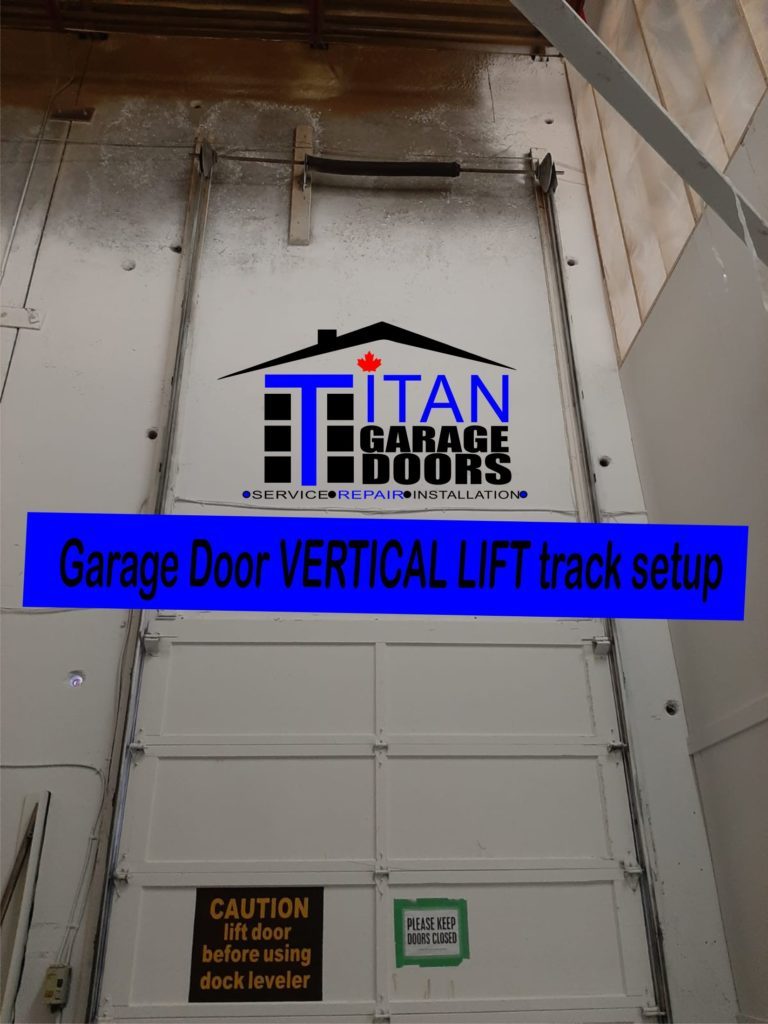Menu
KNOW YOUR GARAGE DOOR PARTS| THE FULL GUIDE | TITAN GARAGE DOORS
A threshold– Technically, it is not a part of a garage door, but sure can make a sweet addition to create a perfect seal with the concrete slab and the garage door.
A threshold is ideal for old wooden garage doors that have warped over the years. Also, it can also help with uneven, cracked or sinking concrete slab.
Astragal– This soft rubber strip used on wooden garage doors; it connects to the bottom door section(panel) and secured with nails.
The astragal works well when it is new and soft. If it hardens, it is no longer serves the purpose it designed to do and it is time to replace it. When replaced, we replace it with a traditional double-channel aluminum retainer.
Aluminum retainer – The retainer holds the rubber, similar to the astragal, but with a better design and a better seal.
The aluminum retainer connects to the bottom section, has 2 T-shape channels and a U-shape rubber that comes in different lengths 3″,5″ and 7″.
Bottom Fixtures – The bottom fixtures hold the entire weight of the garage door. Removing the bottom fixture for adjustments or repair is highly dangerous and should be done only by a trained garage door technician.
The bottom fixtures connect the garage door to the counterbalance system via the cable drums.
Garage Door Section (Panel) – Garage door panels come in 4 types.
Garage door sections or panels are stacked vertically on top of each other and they have a lot of design options.
With time door manufacturers improve the build of the sections and the way they interlock for a better seal. This happens every 10 years or so with new technology, making the old panels obsolete.
Garage Door Hinges – The hinges are located on the sections on both sides and the center of the garage door. It is the part that connects the sections and allows it to bend and turn when the garage doors move up and down.
There are two types of hinges: Side Hinge and Center Hinge

Side Hinges – These hinges house the rollers that go inside the side tracks and keep the garage door as close as possible to the open frame while the side tracks move away from it. The side hinges are numbered for a preselected positioning on the different sections; In the 1st section, you would put number 1 hinges, 2nd section would have number 2 hinges, and so on.
Center Hinges– These hinges are only installed in the center of the door and on the first panel.
Garage door hinges come in a variety of configurations, and some manufacturers use proprietary hinges, for example, Wayne Dalton in some of their garage doors series or Amarr with their safeguard hardware. In our professional opinion, the traditional hardware works in the best way providing superior results.
Top Fixtures – Top fixtures are located on the top section and house the rollers. Top fixtures are usually adjustable to move the last panel further and closer to the frame to make the best seal. If you have a low-headroom setup. your garage is most likely equipped with special fixtures
Garage Door Cables – Garage door cables are overlooked even though they are evident, they are located on the sides of the door connected to bottom fixtures and the cable drums. Most homeowners will only inspect them when they break and make a big mess.
This could be avoided very easily, when the door is in its open position inspect the cables, they will be wrapped around the cable drum making it easier to find rust and fraying.
Garage Door Tracks – When it comes to tracks they might look like they are a one-piece track, but they a 2 separate tracks
Vertical track and Horizontal track they are both connected at the flag bracket which is attached to the wall or frame, and at the end of the horizontal track it is attached to the ceiling with a back hang usually from angle iron
Cable Drums – Located on both ends of the torsion tube, and as the name suggests, cable drums reel the garage door cables when the door moves up and down. Cable drums come in different sizes depending on the door height and cable gauge.
There are also different cable drums for different lift types. The three general categories are:



Torsion Tube (Shaft) – Usually, the shaft is located over the garage door, and the torsion springs, cables drums, bushings and end bearing plates are sitting on the shaft.
In most residential garage doors, the torsion shaft is a hollow tube, and a solid shaft is recommended when a door weighs more than 600 lb. In addition, most commercial overhead doors will come with a solid shaft because those doors are heavier. Also, a solid shaft is mandatory with a chain hoist.
Garage Door Springs Torsion/ Extension/Torque Master -The garage door springs are located over the garage door and installed on the torsion shaft.

Extension springs are located on both sides of the door, either on the Tiltout door Or a standard sectional door.
If you have a shaft where the spring is not visible, most likely, it is Wayne Dalton’s proprietary system called the “TorqueMaster,” where the torsion springs are located inside the shaft and as a result making it hard to detect a broken spring for the homeowner.
When it comes to repairing springs, torsion would be the leading system. We will always recommend conversion from extension springs and TorqueMaster to conventional torsion springs!
End Bearing plates – The end bearing plates are located on both ends of the torsion tube, and they both have a bearing inside for a smooth operation
Flag brackets – The flag brackets are essentially a bracket that connects the horizontal track with the vertical ones. In addition, the end-bearing plates are connected to them as well.
Garage Door Rollers – rollers come in different sizes and the breakdown of options are:
2″ Rollers – standard residential (light commercial)
3″ Rollers – commercial (heavy-duty)
10 ball-bearing metal rollers – heavier duty than the nylon ones but much noisier these rollers come in 2″ or 3″.
10 ball-bearing Nylon rollers– not as heavy-duty as the metal ones, but the operation is much smoother and quieter, these rollers come in 2″ or 3″.
Nylon rollers – Entry-level roller, is the cheapest out of all the other options only suitable for residential doors.
Broken Garage Door? New Garage Door?
We help you today!
Share a few details and we'll schedule a call!
Contact Us
E-mail:
Phone:
For service call
Social Media:
© Copyright 2024 Titan Garage Doors